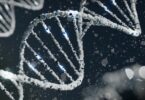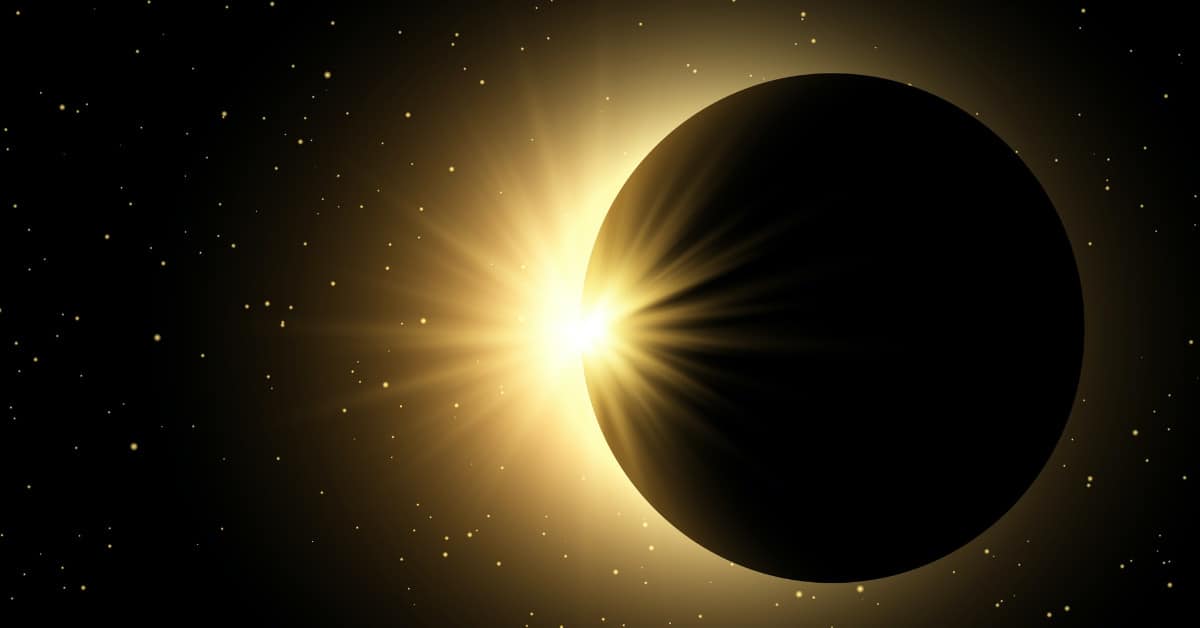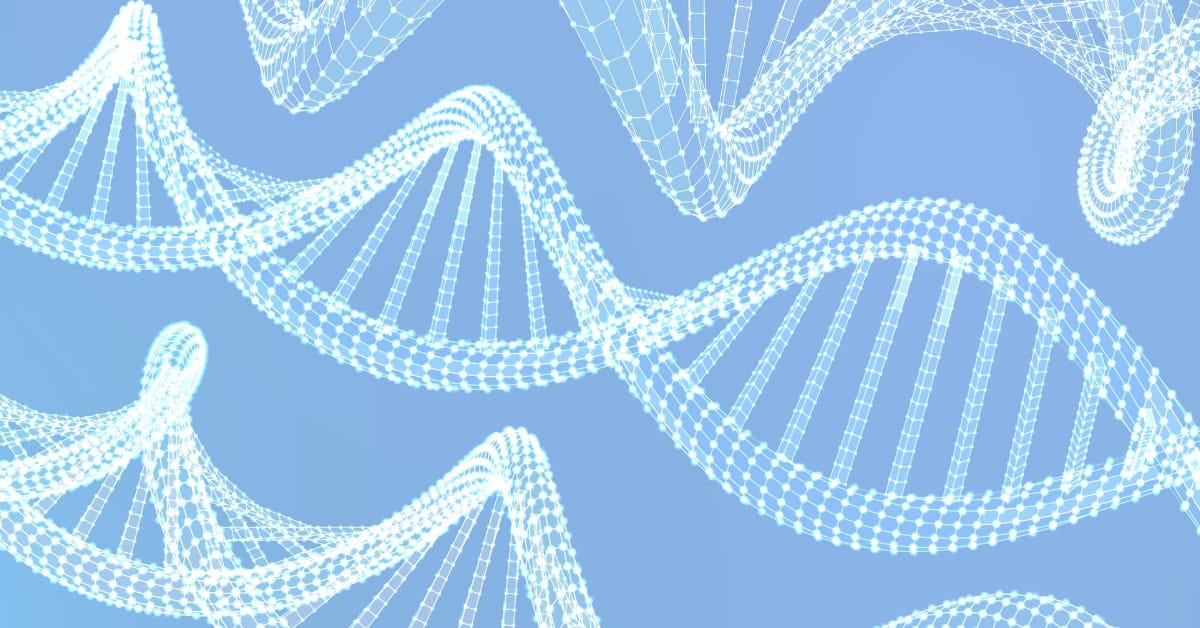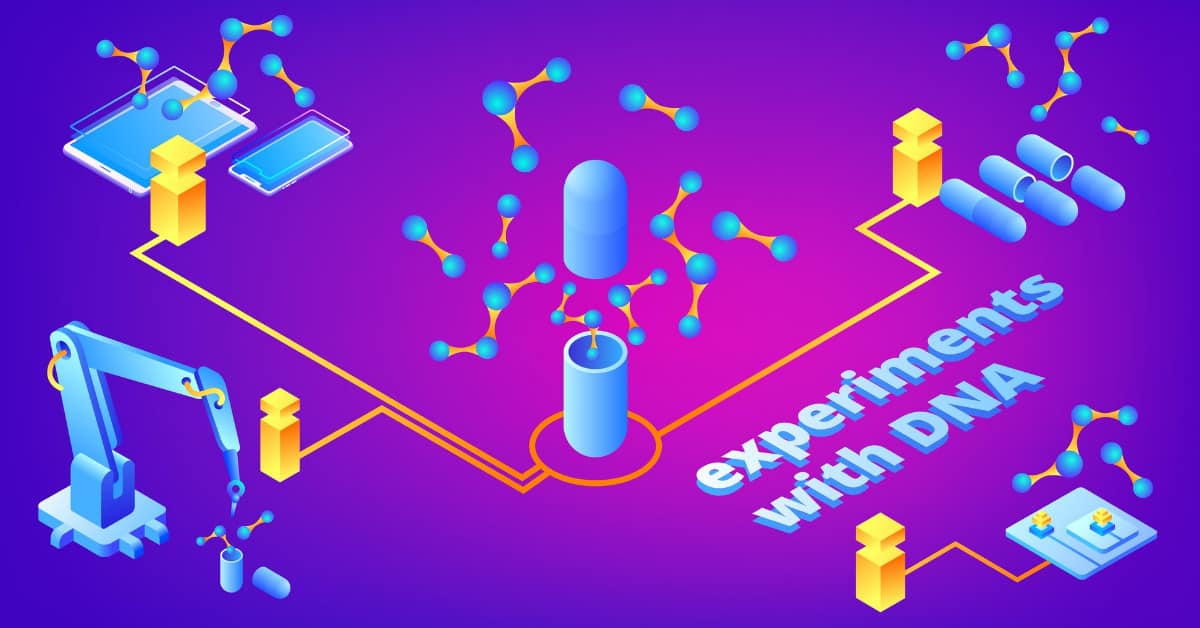What is an Atom?
Atom is defined as the “Building block of matter.”
It is the slightest unit of matter with the characteristics of a chemical element. Atoms do not live autonomously; however, ions and molecules have created that aggregate in vast quantities to shape the matter we see, sound and touch.
Atoms are used occasionally. Therefore, a considerable number of studies have to be conducted to explain their composition and nature. We will attempt to create a fictional model of an atom from these experiments’ effects that acts like a real atom. An atom is called the tiniest particle of an element, which may have or may not have an individual identity but is always in a chemical reaction.
An atom is considered as the basic unit which holds an element’s characteristics. An atom is made up of atoms and cannot be created or destroyed. The atoms of the same substance are the same, and there are various atom groups of different elements. When atoms are reconfigured, chemical reactions take place.
There are three types of atoms, mainly Neutron, Proton, and Electron. Neutrons and protons are nearly equal, and electrons have little mass in addition. There is a positive charge for a proton, a neutron has no charge, and a negative charge for an electron. An atom produces an equivalent number of protons and electrons, such that an atom as a whole has no charge.
The nucleus of an atom includes, and is thus positively charged, only protons and neutrons. Electrons fill the field in the core. Much of the mass is, therefore, contained within the nucleus.
The Atom’s core is called the nucleus. Neutrons and protons are found in the nucleus that offers the Atom its weight and positive compensation. There is no charge on a neutron, and it has a unit. The same positive charge holds a proton, which has a significant number of units as well. An element’s atomic number equals the number of protons or positive charges in the nucleus.
A cumulative number of protons and neutrons in the nucleus defines the atomic weight of an element. There is a single negative charge on an electron. To have zero energy, the Atom of a component must have the same number of electrons. These are structured like layers of electron anions in orbits around the middle of the Atom.
The size of an atom is measured in nanometers, usually 109 nm.
Kinds of Atoms:
There are different kinds of atoms,
- Stable
- Isotopes
- Radioactive
- Ions
- Antimatter
1.Stable:
If an atom’s Neutron, Proton, and Electron are balanced, they are said to be as stable. A stable atom, excluding outside powers, can forever remain the same.
2.Isotopes:
Isotopes are variants of atoms that have a different number of neutrons and consequently differ in nucleon number. All isotopes have the same number of electrons but differ in neutron number.
3.Radioactive:
Due to the high number of neutrons in the nucleus, radioactive came into being, giving off the particles until they are stable.
4.Ions:
If there is an extra or less number of electrons in an atom, they are known as Ions. Two types of ions are Anions with a positive charge due to the loss of an electron and Cations with a negative charge. They are responsible for chemical reactions due to the charge on them.
5.Antimatter:
Each atomic particle, with an opposite electric charge, has a twin anti-particle. Antimatter hydrogen atoms comprising an anti-proton and an anti-electron have been produced in the laboratory. Antimatter is very uncommon and delicate.
Molecule:
The molecule is defined as the simplest unit of a chemical compound that can exist, consisting of two or more atoms. It retains its physical and chemical properties. Molecules are neutral and do not carry any charge. A molecule may be made of non-metallic atoms of a single chemical atom, such as oxygen (O2), or multiple atoms, such as water (H2O).
The shape and composition of a molecule determine its chemical and physical properties. If there are the same atoms in a different geometric arrangement of a molecule, they are known as isomers. Isomers differ in physical and chemical properties.
Molecules are always in motion. In the case of solids, the atoms of a molecule are tightly packed, and their movement is in the form of vibrations. In the case of liquid, the particles of molecules are loosely packed and can move freely. When we talk about gases, the atoms’ density is much smaller than liquids and can move even more freely than in the liquids.
Types of molecules:
Types of molecules mainly depend on the number of atoms present in a molecule.
A molecule can be;
- Monoatomic
- Diatomic
Monoatomic molecules:
Molecules that consist only of one Atom, and there is no chemical force present in the molecule. Noble gases are an example of monoatomic molecules like Helium, Argon, Neon, etc.
Diatomic molecules:
Molecules that are comprised of two atoms are known as Diatomic molecules. Atoms can be from the same or different elements. CO, H2O, O2, N2, etc., are examples of Diatomic molecules.
Diatomic molecules can be;
Heteronuclear Diatomic molecules: A heteronuclear Diatomic molecule consists of different atoms of an element. CO, HO, HCl are some examples of Heteronuclear Diatomic molecules.
Homonuclear Diatomic molecules: A homonuclear Diatomic molecule consists of the same type of atoms of an element. O2, N2, F2, Cl2 are some examples of Homonuclear Diatomic molecules.
A molecule can also be Macromolecule or Micromolecule, depending upon its molecular weight.
Macromolecules are generally molecules with high molecular weight and with many atoms chemically bonded as in Proteins, DNA, etc.
Micromolecules are molecules with low molecular weight and fewer atoms as in Water, Glucose, etc.
Summary:
Atom is the basic unit of matter, while the molecule emerges as the combination of atoms of different or same types. These atoms are linked together with the help of various electrostatic forces or different bonds. The molecule contains no charge itself and always in motion. The movement and charge depend on the atoms within the molecule and the bonding of atoms.
See Also
Hydrogen Bonding in DNA
Guide DNA Recombinant Technology









